Harry Brook has moved above England team-mate Joe Root to become the number one Test batter in the world rankings.
The 25-year-old has overtaken Root after scoring 171 in the first Test of England’s current tour of New Zealand and following it up with scores of 123 and 55 in the second Test in Wellington to give him a ranking score of 898.
Root, who replaced New Zealand’s Kane Williamson at the top of the International Cricket Council rankings in July, is just one point behind Brook on 897 and could take back his crown when the third Test starts in Hamilton on 14 December.
Following the victory in Wellington, Root was full of praise for the Yorkshire batter.
“Brooky is by far and away the best player in the world at the minute,” said Root.
“He can absorb pressure, he can apply it. He can whack you over your head for six. He can scoop you over his head for six. He can smack spin. He can smack seam.”
Brook, who made his Test debut in 2022, has scored 2280 runs from 38 innings across 23 Tests with an average of 61.62.



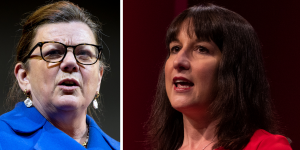
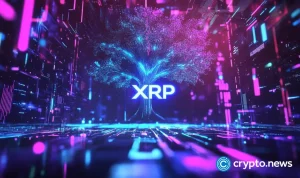
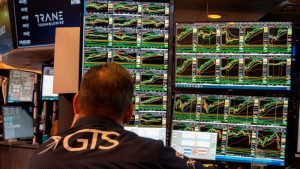

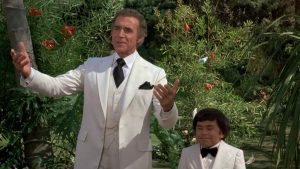



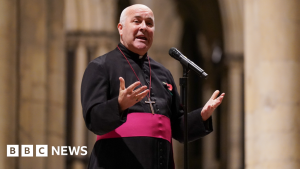


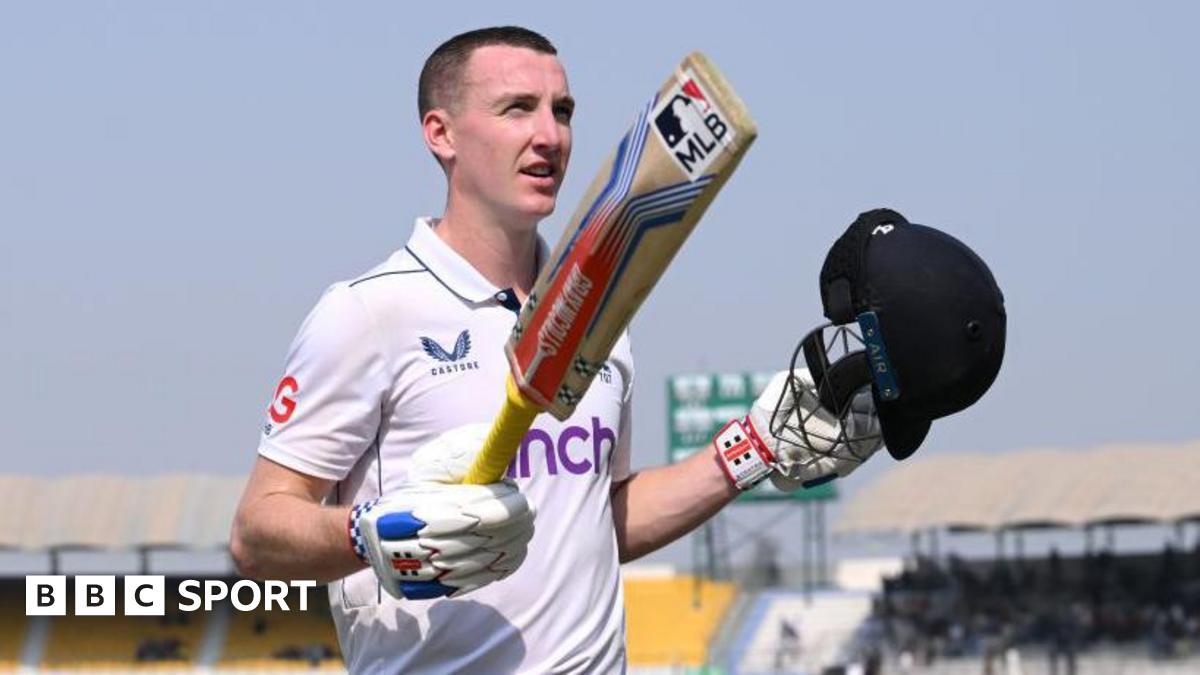

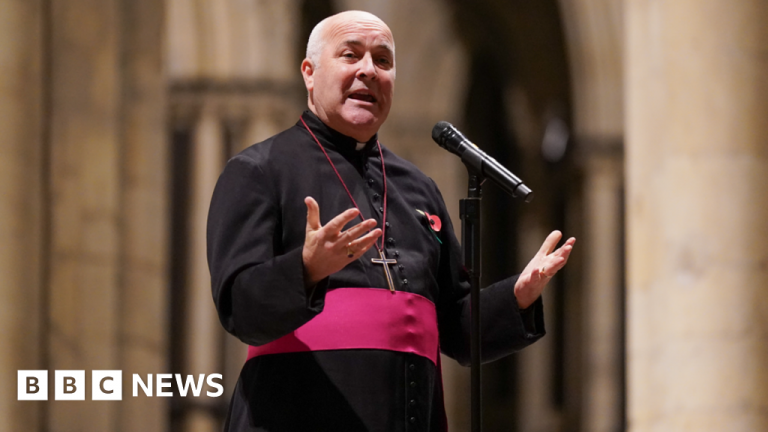


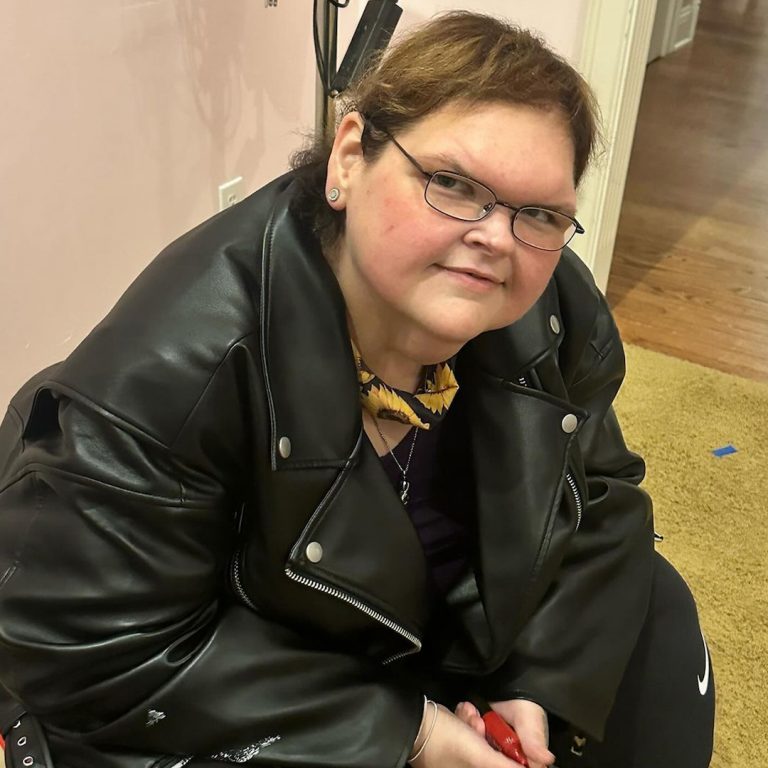



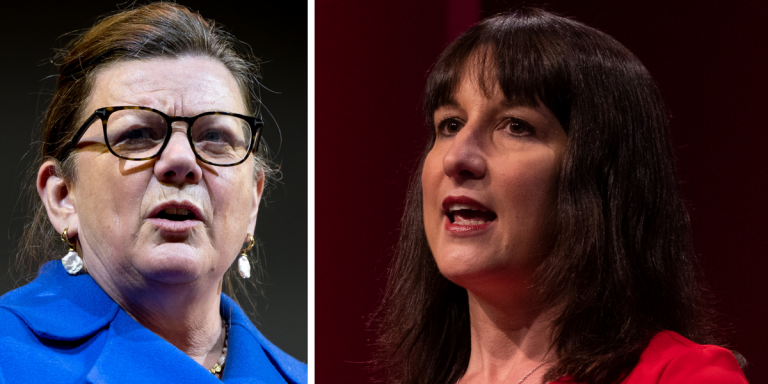
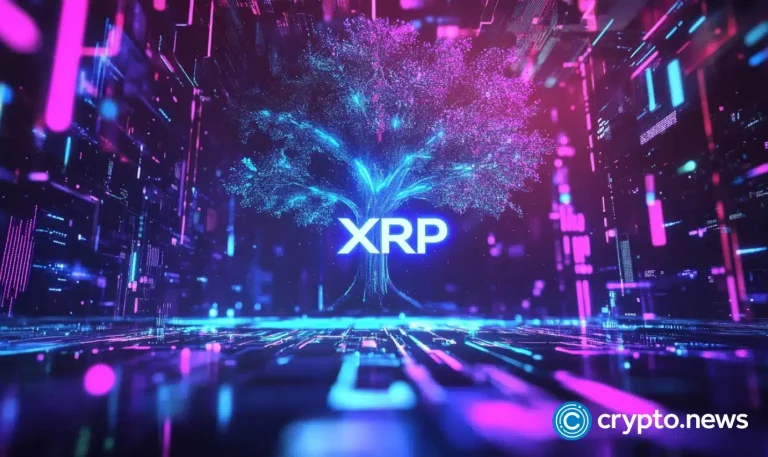
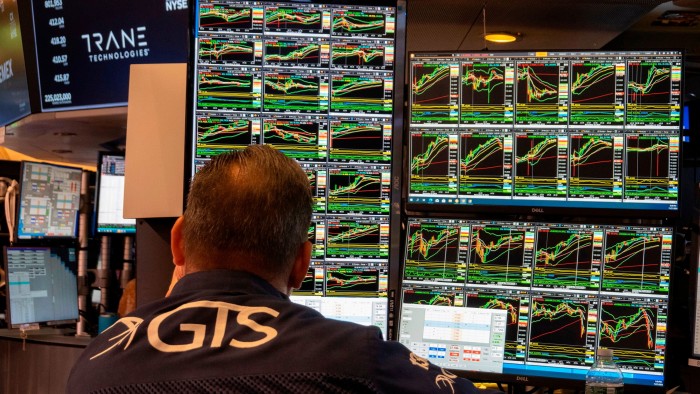

+ There are no comments
Add yours